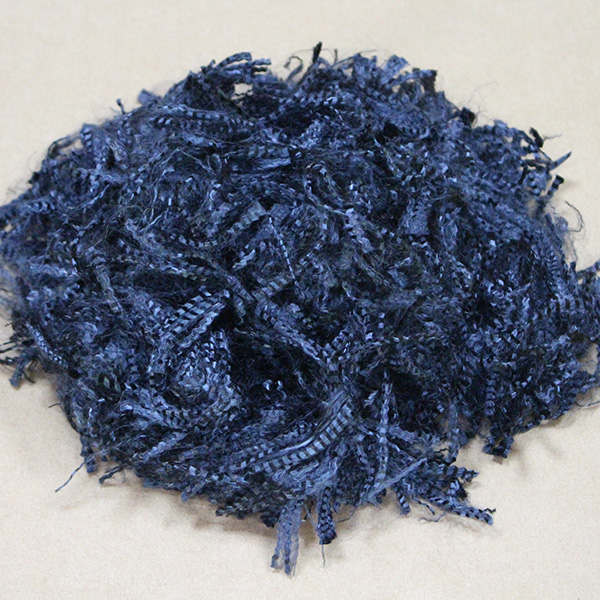Contact: Allen zhang
Mobile: +8618657301314
Tel: +86-573-88236564
QQ: 307160103
Email: allen@aramid.biz
Address: Tongyuan Road, Tongfu Industrial Park, Tongxiang City, Zhejiang Province
Website:en.surefrp.com
Aramid fiber is a generic term for aramid fibers. It is a synthetic organic fiber with high strength, high modulus, low density, folding resistance and good wear resistance. It is understood that countries such as the United States, the Netherlands, Japan, Germany, France and Russia are developing aramid fibers. China has also carried out research and development in this area and achieved certain results.
Aramid fiber is growing at an annual rate of around 20% worldwide and is being transferred from a single military to civilian use. Aramid staple fiber accounts for 68% of automotive and protective equipment, 21% for shipbuilding, and the rest for aviation, aerospace and military.

The effect of the working environment on the fibers in the material
The ambient atmosphere of aramid staple fiber, such as ambient temperature, ambient pressure, moisture or organic solvent atmosphere, has a great impact on its performance.
(1) Ambient temperature: WUC.M. et al. studied the mechanical behavior of Kevlar fiber and found that increasing the ambient temperature at a certain stretching rate reduces the initial modulus and fracture tension of the fiber.
(2) Ambient water or water vapor: Aramid fiber has poor water resistance. In wet environment, it absorbs some water (the moisture absorption rate can reach 7%), and the presence of moisture makes the fiber structure loose. The water in the environment usually invades the material from the outer surface of the composite through the interface channel, so the interface phase plays a large role in the moisture absorption behavior, affecting the properties of the material in the wet environment. For the composite material, the moisture in the fiber makes the fiber The interface between the substrate and the substrate deteriorates, which in turn affects the material properties. The main destructive effect of combining water or free water remains to be further discussed.
(3) Organic solvents: Mizevovskii I.M. et al. studied the effects of acetone and ethanol on aramid fibers, and found that the presence of organic solvents changed the fine structure of the fibers. The extent of these changes depends on the structure of the aramid polymer.
Contact: Allen zhang
Mobile: +8618657301314
Tel: +86-573-88236564
QQ: 307160103
Address: Tongyuan Road, Tongfu Industrial Park, Tongxiang City, Zhejiang Province
Website:en.surefrp.com

